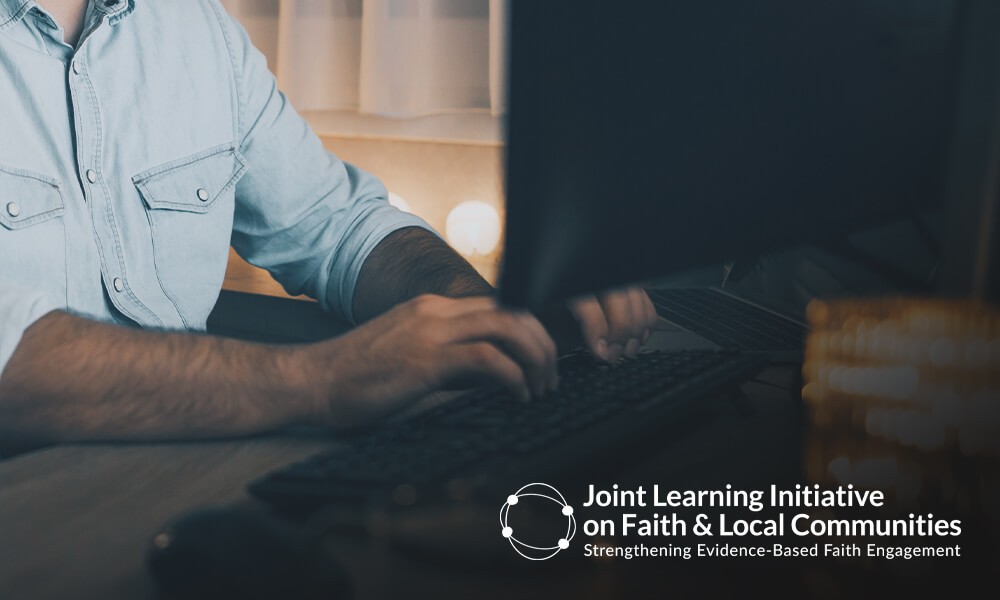This paper is one of a series of research elements produced by the European Union funded AHA! Awareness with Human Action project that seeks to contribute to the response efforts of the COVID-19 pandemic by preventing conflict and building social cohesion in Pakistan, Sri Lanka, Bangladesh and broader South Asia. The AHA! project is implemented by a consortium of project partners, including the Network for Religious and Traditional Peacemakers/Finn Church Aid, World Faiths Development Dialogue, the Center for Peace and Justice – Brac University, the Center for Communication and Development of Bangladesh, Islamic Relief Worldwide, the Youth Development Foundation, and Sarvodaya.
With the world’s largest vaccination campaign underway, a clear understanding of gendered experiences during the COVID-19 pandemic is critical for a successful, equitable and universal vaccination campaign. Evidence on sex-based differences in vaccine response can help to dispel some myths around why males and females experience the vaccines differently. It can also help in framing appropriate messages to prepare communities for the vaccination campaign.
Since the global COVID-19 pandemic began, gender (alongside other identities notably class and race/ethnicity) has been a major factor determining who is at risk of infection, severe illness, and death from COVID-19. As vaccination campaigns are implemented, identifying and reaching priority groups among women who are vulnerable and at particular risk demands a special focus.
Global COVID-19 data disaggregated by sex shows that while both men and women are infected by the virus at similar rates (50.9% and 49.1% respectively), casualty rates are higher for men (60.2%) compared to women (39.8%). Sex disaggregated COVID-19 infection and fatality data is helpful in determining risk factors; however, it can obscure the important roles that social environments, structures, values, and norms play to privilege or obfuscate certain gendered groups in society. Sexdisaggregated data is also limited in its explanatory capacity since it does not consider gender identities, such as transgender and non-binary people.
Community specific vulnerabilities for women within religious minorities, including specific concerns facing those susceptible to trafficking, and LGBTQ populations, thus call for special focus. This review highlights South Asian specific experience to date, with a particular focus on information and misinformation issues that have been the focus of the AHA! Project.

